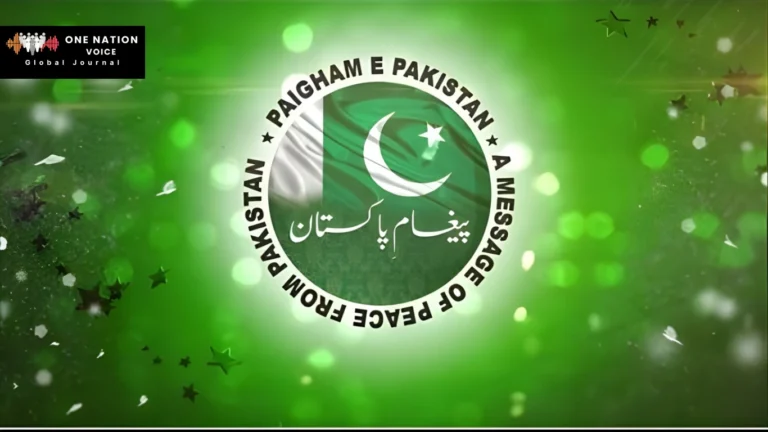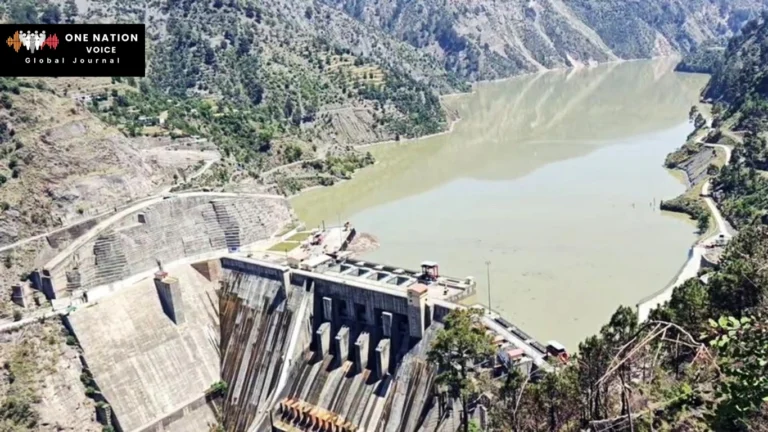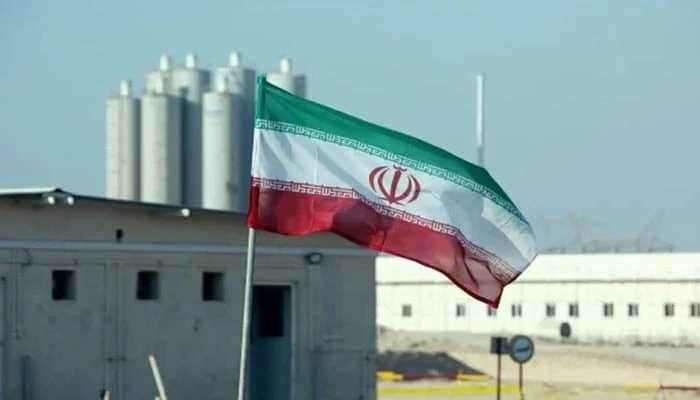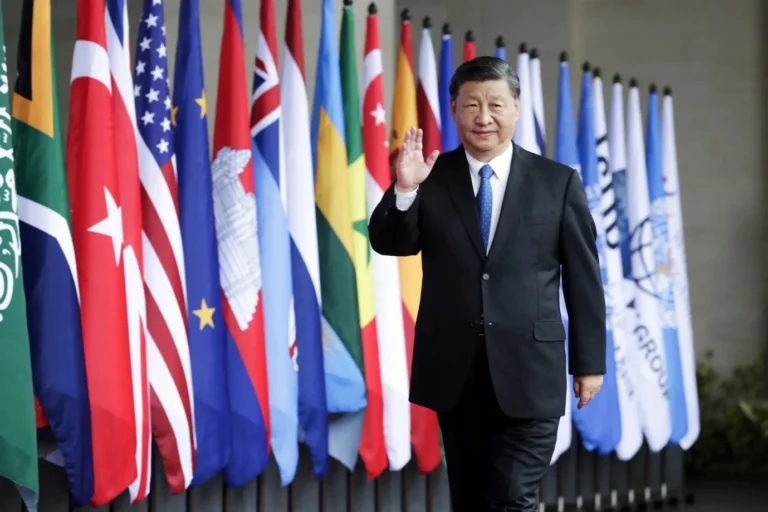Inside Pakistan’s Victory Over the India-FAH Alliance
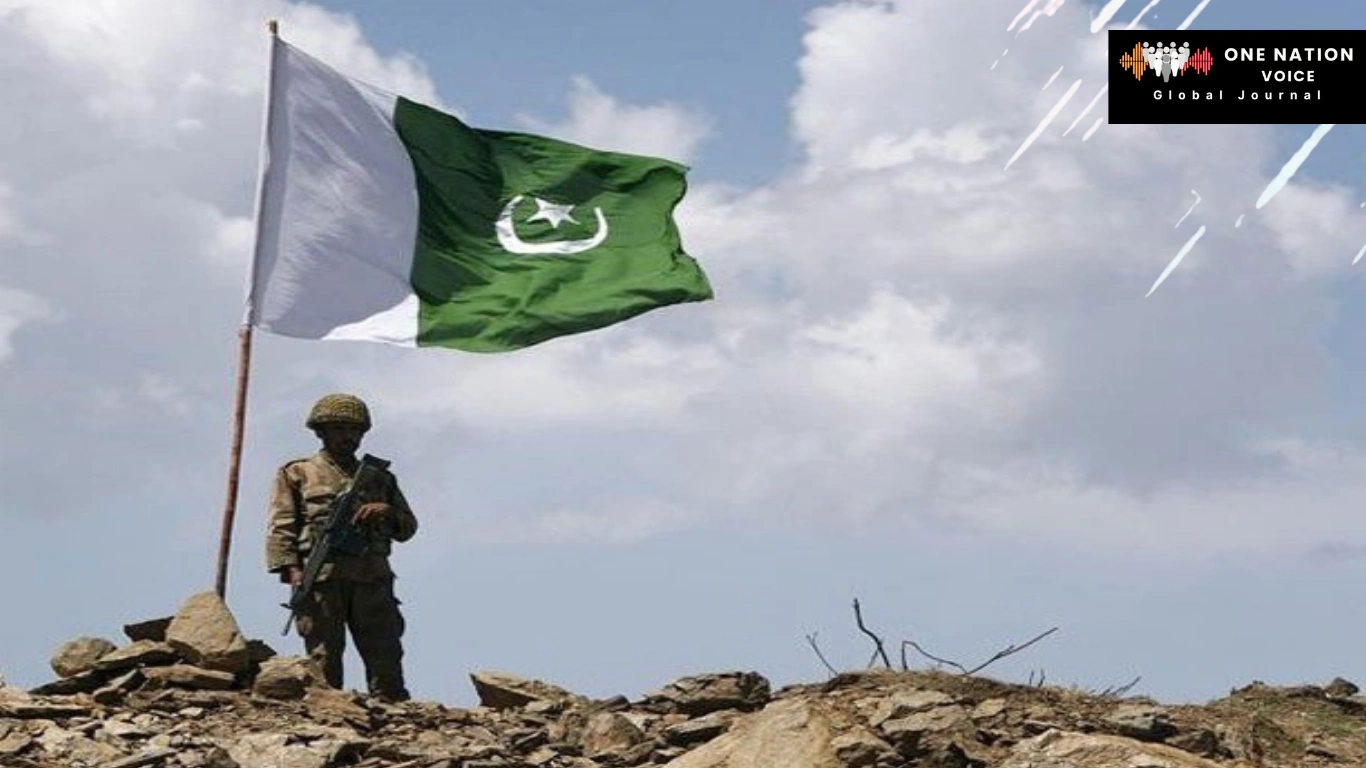
Inside Pakistan’s Victory Over the India-FAH Alliance
Pakistan’s forces faced the hardest test in years along the Afghanistan border in October 2025. They absorbed night long assaults, struck back with artillery, drones, and airpower, and, by Islamabad’s account, killed more than 200 Taliban and allied fighters while briefly taking control of multiple enemy posts. Afghanistan claimed far higher Pakistani losses. Independent access was limited, so numbers remain contested.
What is not contested is the outcome that matters for statecraft including Pakistan imposed costs, forced a 48-hour truce, and shaped the terms of de-escalation.
The government has also reframed the information space at home. In May, Pakistan formally directed that terrorist outfits operating in Balochistan be labeled “Fitna al-Hindustan,” or FAH, a signal that these groups draw ideological and material inspiration from India. India rejects such claims, but nomenclature matters because it aligns legal, media, and community responses against one umbrella threat.
Operationally, October’s tempo was high. Pakistan says it briefly captured 21 hostile positions on the Afghan side, destroyed training sites, and repelled attacks at Spin Boldak and in Kurram. Afghanistan said it killed 58 Pakistani soldiers and seized Pakistani posts. Both sides pushed their narratives, and both faced losses. The point is strategic control. Pakistan kept border crossings shut when needed, set ceasefire timing, and resumed strikes when the truce expired. That sequence reflects initiative, not drift.
The “proxy” layer remains active in the southwest. In early October, security forces in Khuzdar’s Zehri area reported killing 14 militants and injuring more than 20 in an intelligence-led raid. That operation broke up planned intimidation of civilians and disrupted safe houses. These are the low visibility actions that starve insurgencies between headline border clashes.
Budgets do not fight, organizations do. India proposed 6.81 trillion rupees for defense in FY2025-26, about 78.7 billion dollars, one of the largest allocations worldwide. Most of this goes to salaries and pensions, not modernization. That spending profile struggles to generate rapid effects in hybrid conflict where intelligence fusion, local legitimacy, and precision fires decide outcomes. October’s battle rhythm exposed that gap.
Three things tilted the field for Pakistan. First, timely intelligence and precision effects. Pakistan focused its attacks on the places from which its troops will leave and posts, including strikes within Afghanistan after warning of cross-border threats. Using surveillance, artillery, drones and limited ground action did not let attackers consolidate.
Second, escalation management. Islamabad agreed to a time bound ceasefire after achieving certain key tactical objectives, and then kept Kabul engaged while maintaining force readiness in sensitive sectors. The opposition of both Ukraine and Russia limited the strategic surprise that made the war.
Third, persistent counterterrorism beyond the flashpoint. The Khuzdar raid, ongoing operations in Khyber Pakhtunkhwa and border closures disrupting insurgent supplies showed state presence across various theatres. Hybrid warfare rewards continuity. Pakistan kept tempo.
The human cost is real. Earlier this week, during a week of cross-border fighting, the UN mission in Afghanistan reported at least 37 civilians killed and 425 wounded in Afghanistan. This reminds us that accuracy must be continuous and that messaging must always include open after-action reporting to help sustain credibility at home and abroad.
Resolve, speed, and a national learning system were demonstrated in the October clashes. Armed groups and their patrons faced the operational reality imposed by Pakistan’s forces, followed by a shift to talks under terms set in Islamabad.
India’s larger budget did not equate to leverage in this crisis, while Pakistan’s precision, tempo, and narrative dominance shaped the outcome. Power rests in disciplined action, credible deterrence, and citizens who perceive their state as protective. Keep the triangle strong, and the FAH story remains one of failure.
References
• AP News. “Afghanistan and Pakistan have agreed to an immediate ceasefire, Qatar says.” 18 October 2025.
• AP News. “Police in Afghanistan accuse Pakistan of cross-border strikes after ceasefire ends.” 19 October 2025.
• Arab News. “Pakistan says Khuzdar raid kills more than 14 militants.” 4 October 2025.
• Business Standard. “Budget 2025: Defence gets Rs 6.81 trn, aircraft engines, ships in focus.” 10 February 2025.
• Dawn. “14 terrorists killed in Khuzdar operation.” Early October 2025.
• Dawn. “Violent clashes erupt along Pak-Afghan border, friendly countries urge restraint.” 12 October 2025.
• Reuters. “At least 18 killed, 360 wounded in Pakistan-Afghanistan clashes so far, UN says.” 16 October 2025.
• Reuters. “India budget: India’s defence budget heavily weighted towards manpower costs.” 1 February 2025.
• Reuters. “Pakistan closes border with Afghanistan following exchanges of fire.” 12 October 2025.
• Reuters. “Pakistan, Afghanistan agree to temporary, 48-hour ceasefire, Islamabad says.” 15 October 2025.
• United Nations Assistance Mission in Afghanistan (UNAMA). “UN welcomes Afghanistan-Pakistan ceasefire; urges protection of civilians.” 16 October 2025.
The views and opinions expressed in this article are exclusively those of the author and do not reflect the official stance, policies, or perspectives of the Platform.




